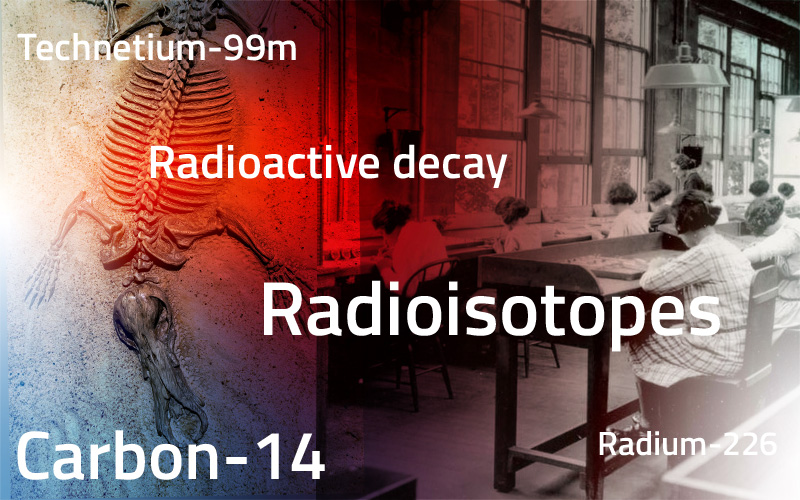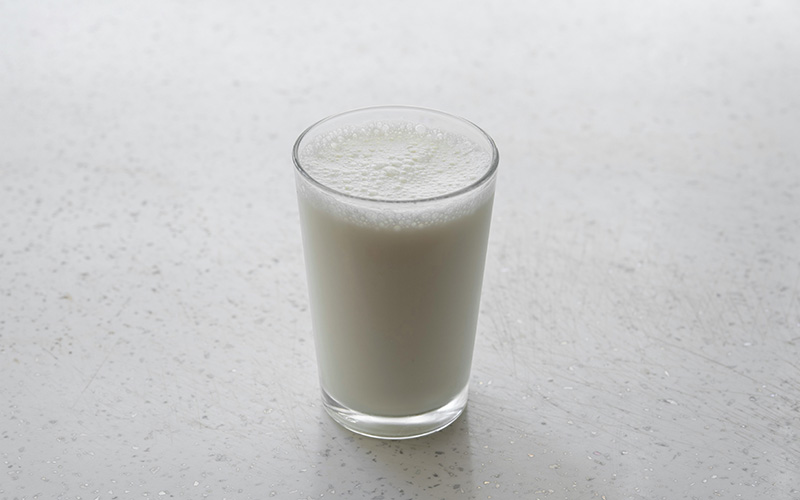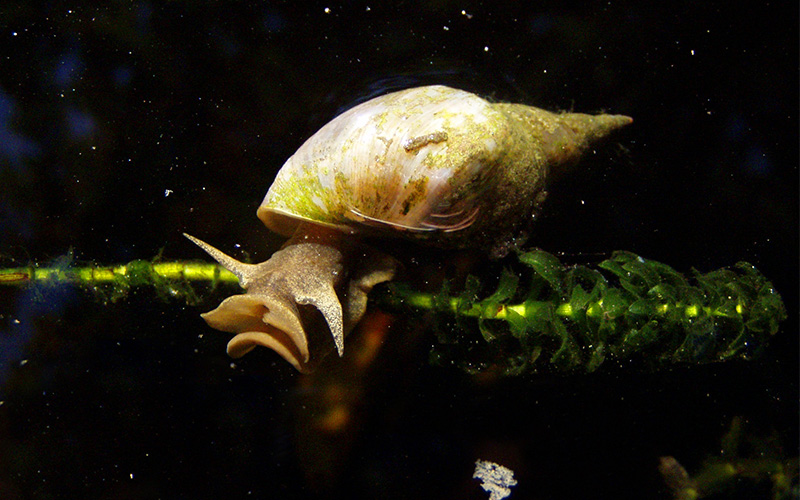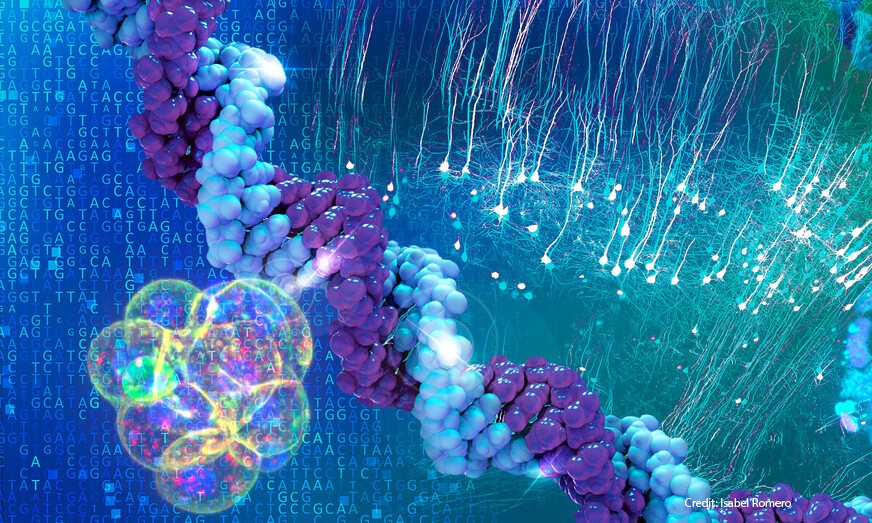
Teach radioisotopes and decay interdisciplinarily at a low cost
How to teach radioactive decay and radioisotopes to students who feel that equations are boring? Here are two inexpensive and captivating activities to apply in your classroom!

Article of the week
The storage and analysis of huge amounts of data has become central to many research fields, from healthcare to climate to economics, especially when it comes to predicting the behaviour of complex systems. Quantum computing (see Quantum computing: is quantum mechanics the next computing…
Read more
How to teach radioactive decay and radioisotopes to students who feel that equations are boring? Here are two inexpensive and captivating activities to apply in your classroom!

Travel back to ancient Rome, test the calcium content of a gladiator recovery drink and compare it to today’s milk and sports drinks. History has never tasted this real!

Using pond snails as a low-cost, hands-on model to teach biology and environmental science in secondary schools.
We cover a wide range of scientific topics and many articles are additionally available as translations in different European languages.

Explore cutting-edge science and real-world applications.

Discover projects, people, and resources.

Find ideas and teaching materials for classroom activities.
Articles from previous issues

A controversial new technology is making gene editing far cheaper and easier – too easy,…

Circle of life: explore sustainability, the circular economy, and chemical analysis by evaluating coffee waste as a potential soil enhancer.

How a great achievement of the European Space Agency can become an inspiration for your…
Discover free events and activities offered by the EIROforum members and other non-profit groups.

EMBL invites STEM educators to join a free in-person course “Epigenetics explained” in Heidelberg, Germany, 2-4 March 2026. Course offers: scientific talks, training on new teaching resource & more. Applications open until 11 January 2026, 23:00 CET.

July 8th- 10th, St Pauls School, London I hope you have enjoyed the microscale chemistry articles that Adrian Allan and I presented in issues, 53, 54,57, 60, 65, and 69. If you are teaching chemistry do have a look at them. Other authors have also submitted ideas in issues 16 and 39. It is a…
Do you have an engaging classroom activity to share with other teachers? Is there an interesting scientific topic that you could explain to STEM teachers and their students? We welcome submissions from teachers and scientists.
Would you like to help ensure that our content is interesting, inspiring and useful to STEM teachers? Consider joining the Science in School teacher reviewer panel. There is no obligation; just send us an email to express your interest.
If you find an article interesting or useful, perhaps you'd consider translating it into your native language? This really helps to increase the reach of our content so that as many teachers as possible can benefit from it.